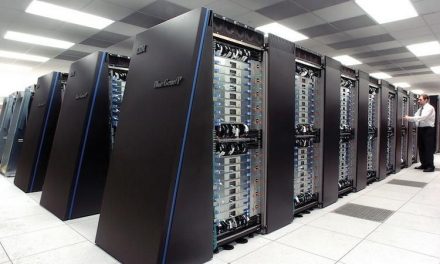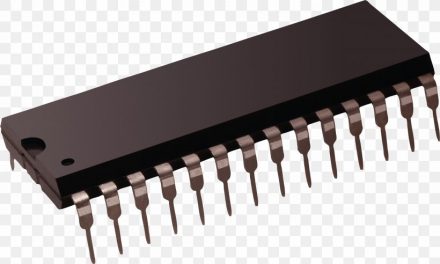When dealing with graphics you have probably come across the term ‘pixels’. Most people have a rough idea of what they are about. For instance, most people know that the more they are the higher the picture quality. Despite it seeming so simple and straightforward, there is a lot more we can talk about regarding the pixel. In this article we shall go at length to discuss what the pixel is in computer graphics.
Table of Contents
What A Pixel Is In Computer Graphics
In case you did not know, the term pixel is actually a compound word. Take the word picture and then element; put them together and that is how pixel came about. The colloquial pix has el (from element) added to it. That would mean that a pixel is also known as a picture element. In simple terms, a pixel is the tiniest unit of an image which can be shown on a digital display. In essence, when those units are holed up together they make an image – or basically any form of graphical data or information. You could say that, for instance an image is a collection of numerous pixels. We have just been talking about a pixel being the tiniest unit. That unit can at best be described as a dot. In fact, when you zoom in on an image you will notice a series of dots (or tiny boxes sort of). Those are the pixels we are referring to. Let us get into a more detail.
Pixels Explained Further…
Relationship Between Pixels And Resolution Settings
You must know that the pixels are closely tied in to the resolution of the digital display in question. Let us take computers as our sole focus to break this down. Computers have several options for the display resolution; for instance, some computers recommend that you choose 1366 x 768. What exactly does that display resolution mean? It means it allows as many as 1 049 088 (it is a product of the two figures from prior) pixels to be accommodate on the display of the computer.
Basically, the total number of pixels in (or that can be displayed for), for instance, an image is essentially the resolution. Let us also explain more on what 1366 x 768 means. That is denoting the width by the height of the digital display. Thus in this case it means that 1366 pixels can be accommodated across the width of the screen. In the same vein 768 pixels would be accommodated across the height of the display.
This is also a perfect time to explain what, for example, 8 megapixels (8 MP) means. First of all, a megapixel is equivalent to one million pixels. Notice how earlier we multiplied 1366 by 768 to get the total number of pixels that can be accommodated. Our answer was 1 049 088 pixels – this is actually 1.05 megapixels. So this should give you an understanding of what it means when something is given a setting of say 8 MP.
Implications Of Display Or Screen Sizes And Resolution Settings
The key to high quality images is there being many pixels per inch on the digital display. It is no wonder why how sharp an image is is a function of the number of dots (pixels) per inch – commonly abbreviated as dpi (dots per inch). The dpi element is a key consideration when choosing which printer to buy. In principle, the higher the dpi setting of a printer, the higher the print quality it will have. This then gives an idea as to why picture quality gets less if, for instance, an image has to be displayed on a large screen. This is because the dots have to stretch out to cover a bigger surface area.
Reduction in quality (for a large display) can also occur if you reduce the resolution setting of the digital display. Get this, a lower resolution setting means a reduced number of pixels that can be accommodated. You then couple that with a large surface area which then leads to dots (or pixels) having to be spread out. This ultimately reduces the resultant picture quality of the image or video.
What Is RGB?
We can talk about pixels without making mention of the term RGG. Every pixel is characterised by the RGB element – RGB standing for Red, Green and Blue. How colours are displayed depends on the varying levels of brightness of those 3 colours in every pixel. Bear in mind that this does not mean that every pixel has just one colour.
Each and every pixel has three dots being red, green and blue respectively. A pixel can only be one particular colour at time – it is when they gel together that various colours are produced. In short, this means that the colour one pixel assumes is a result of varying brightness of the three colours (i.e. those 3 dots in each pixel). The individual pixels will then produce the final colours by being viewed together as a single unit for either an image or video.
Relationship Between Pixels And Bits
The total possible number of colours that a pixel can assume is a function of the number of bits used to denote it. For instance, if it is 8 bit then a total of 256 colours can be displayed. This means that the higher the number of bits the higher the smoothness or quality of the graphics will be. For example, 32 bit will offer way more quality than the 8 bit.
We are confident this has been an enlightening article on what a pixel is in computer graphics. You probably would never thought there is much to talk about it but there is, apparently.




